
The telecommunications industry is entering a promising new chapter with the breakthrough development of 5G and the digital ecosystem – promising to promote innovation and reshape the way we live, work and connect.
In Southeast Asia and Oceania, the number of 5G subscriptions is expected to reach around 630 million by 2030, accounting for around 49% of the region's total mobile subscriptions.
Data traffic per smartphone is expected to increase from 19 GB/month in 2024 to 38 GB/month in 2030. 5G networks handled 35% of global mobile traffic by the end of 2024, and analysts predict that figure will exceed 80% by the end of 2030.
Vietnam is making steady progress, having launched 5G services since October 2024, with three operators providing the service. “From 5G to the digital economy , technology is driving the next wave of growth in Vietnam. Telecom service providers are working hard to provide 4G/5G coverage nationwide,” said Rita Mokbel, President and CEO of Ericsson Vietnam.

“There are many existing and potential 5G use cases in the future that can create a breakthrough transformation for businesses, helping them operate more efficiently, be ready for the future and develop more sustainably. The opportunities that 5G brings will not only help businesses quickly adapt to the requirements of the new world , but more importantly, also contribute to the socio-economic development of Vietnam,” said Ms. Rita Mokbel.
Recent advances in 5G SA (standalone) networks, coupled with the development of 5G-enabled devices, have contributed to a robust ecosystem that opens up breakthrough opportunities for connectivity innovation.
“To fully tap the potential of 5G, it is essential to continue to deploy 5G SA networks while accelerating the construction of mid-band base stations. The superior capabilities of 5G SA will be a catalyst to drive a new wave of business growth,” said Rita Mokbel.
“The increased deployment of 5G SA networks will create a more solid foundation for expanding applications, creating new use cases for both businesses and consumers,” she said.
As GenAI devices become more prevalent and AI applications become more sophisticated, application developers and telecommunications service providers will need to focus more on uplink data transmission capacity and minimizing latency.
Ericsson's Mobility Report also highlights that 5G devices are constantly improving, with GenAI technology on smartphones no longer limited to high-end models but gradually being integrated into more mainstream segments. AI-integrated smart glasses are also becoming more useful thanks to the ability to interact via sound.
In addition, there is an increasing need for dedicated connectivity to support new applications for both consumers and businesses, which will be key to delivering high-quality experiences for personalized AI assistants and next-generation conversational applications.
According to LE LAM/Nhan Dan Newspaper
Link to original articleSource: https://baovanhoa.vn/nhip-song-so/ericsson-5g-du-kien-dat-gan-29-ty-chiem-13-thue-bao-toan-cau-vao-cuoi-nam-nay-147468.html


![[Photo] National Assembly Chairman Tran Thanh Man receives First Vice Chairman of the Federation Council of the Federal Assembly of the Russian Federation](/_next/image?url=https%3A%2F%2Fvphoto.vietnam.vn%2Fthumb%2F1200x675%2Fvietnam%2Fresource%2FIMAGE%2F2025%2F12%2F02%2F1764648408509_ndo_br_bnd-8452-jpg.webp&w=3840&q=75)



![[Photo] Worshiping the Tuyet Son statue - a nearly 400-year-old treasure at Keo Pagoda](/_next/image?url=https%3A%2F%2Fvphoto.vietnam.vn%2Fthumb%2F1200x675%2Fvietnam%2Fresource%2FIMAGE%2F2025%2F12%2F02%2F1764679323086_ndo_br_tempimageomw0hi-4884-jpg.webp&w=3840&q=75)

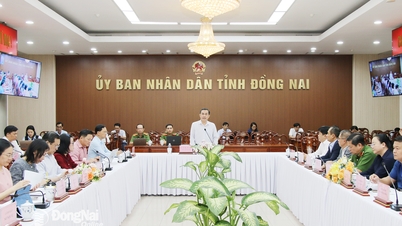

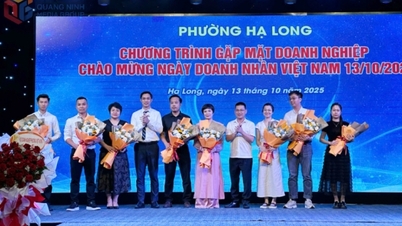

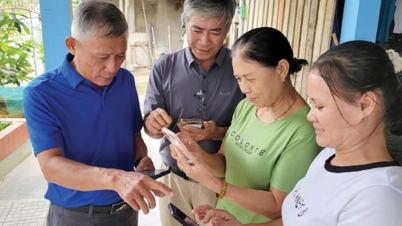

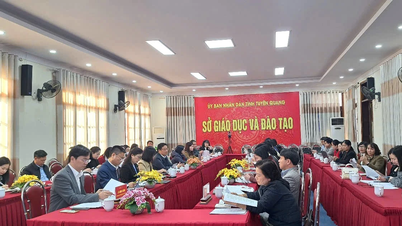





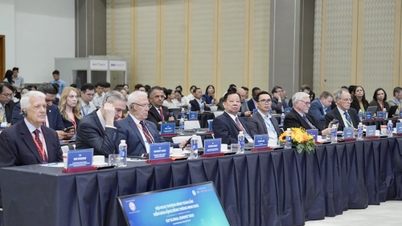
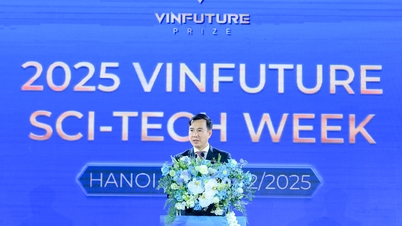


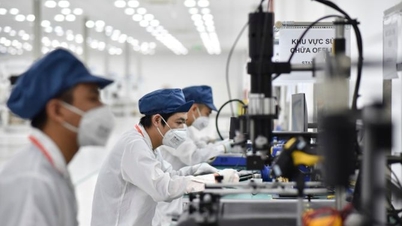








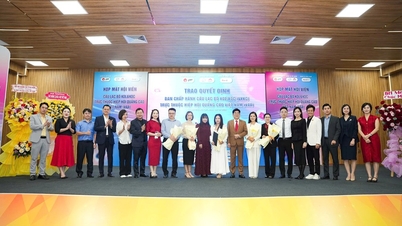
















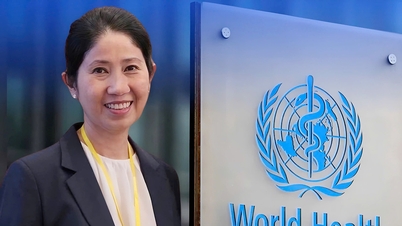




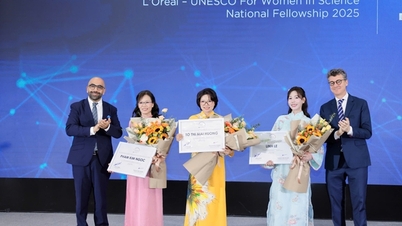





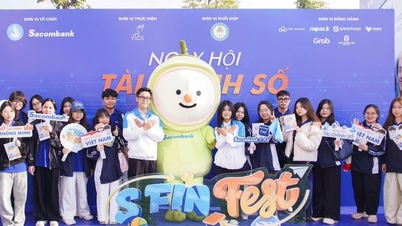


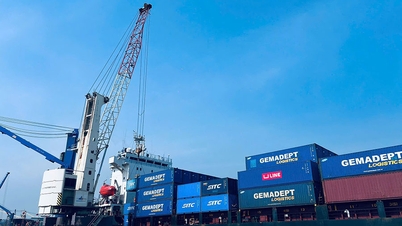












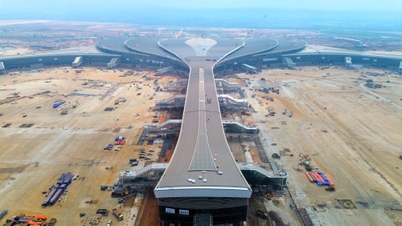





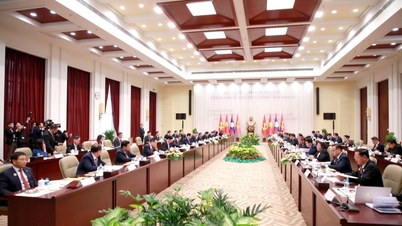


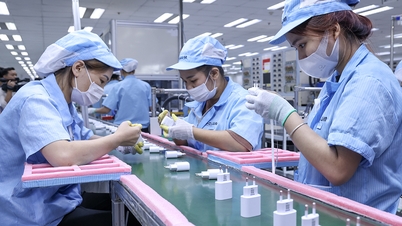
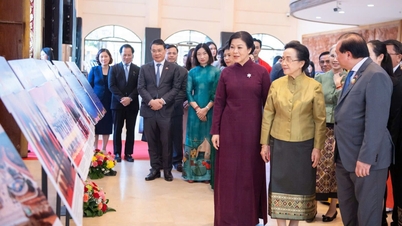


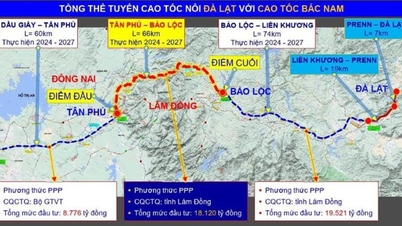


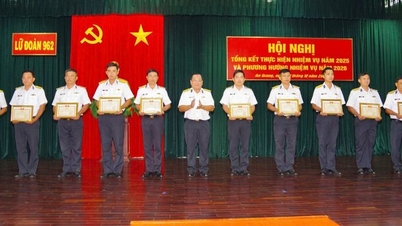

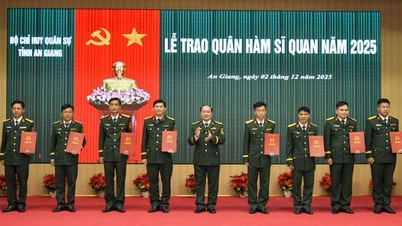
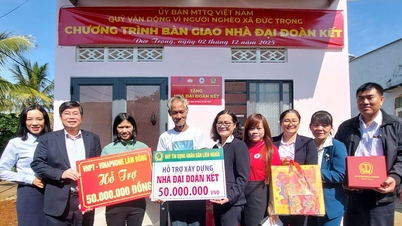













Comment (0)